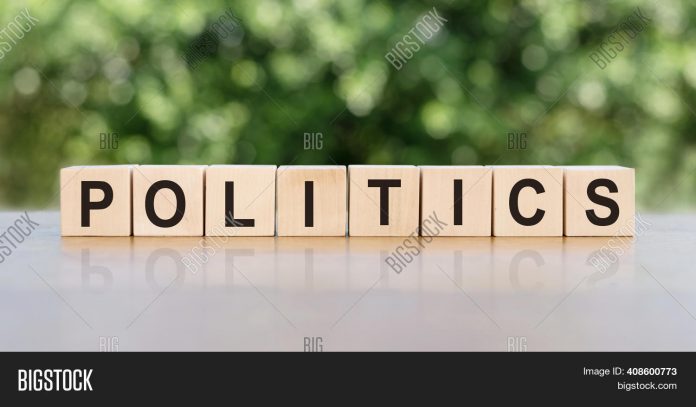Here are the main events that occurred in Politics this week:
1. President Donald Trump Attacks UN and Lectures Nations in Address to General Assembly
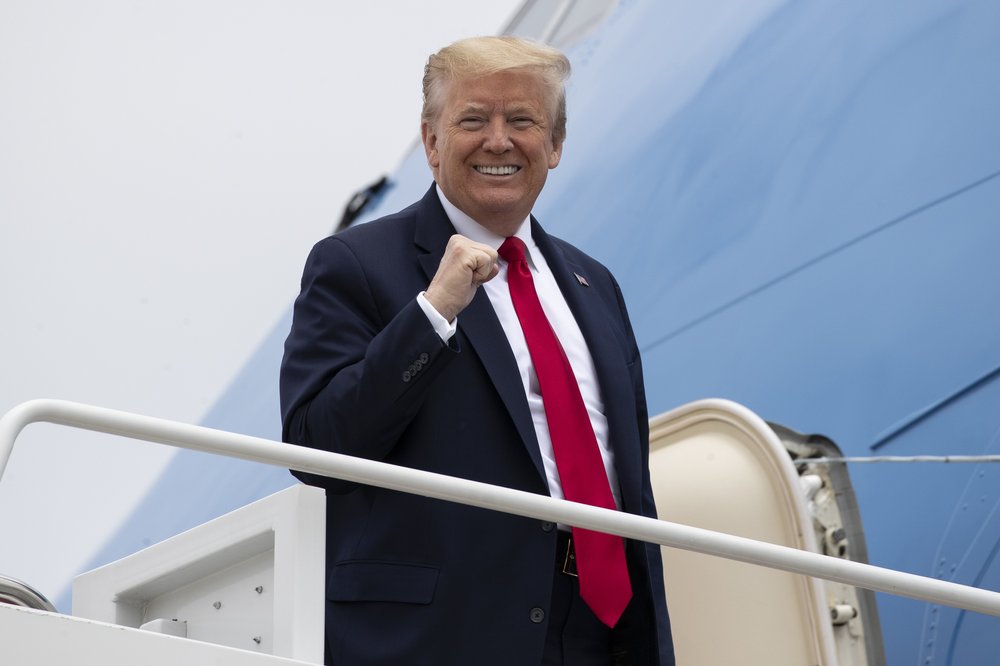
Despite pushing policies that have stirred controversy among voters, President Donald Trump’s approval rating has remained remarkably resilient, according to a recent survey conducted by The New York Times and Siena University from September 22-27, 2025. The poll, based on a random sample of 1,313 registered voters with a margin of error of plus or minus 3.2 percentage points, reveals that 43 percent of voters approve of Trump’s job performance, while 54 percent disapprove. These figures are nearly identical to those from April 2025, when 42 percent approved and 54 percent disapproved, suggesting that Trump’s support base has not wavered significantly despite ongoing debates over his administration’s actions.
2. US Labor Market Faces Slowdown Amid Government Shutdown Uncertainty
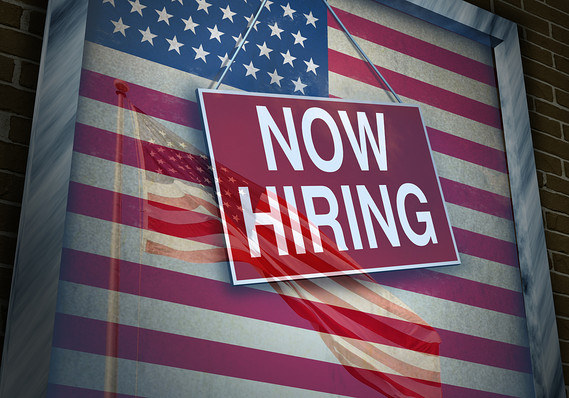
Private payrolls in the US took a significant hit in September, adding complexity to an already uncertain economic landscape. With the government shutdown halting the release of the Bureau of Labor Statistics’ (BLS) monthly jobs report, policymakers and investors are left grappling for insights into the labor market’s health. In the absence of official data, attention has turned to alternative sources, such as the private-sector jobs report from payroll processor ADP, released on October 1.
3. UN Sanctions Reimposed on Iran Amid Nuclear Deal Tensions
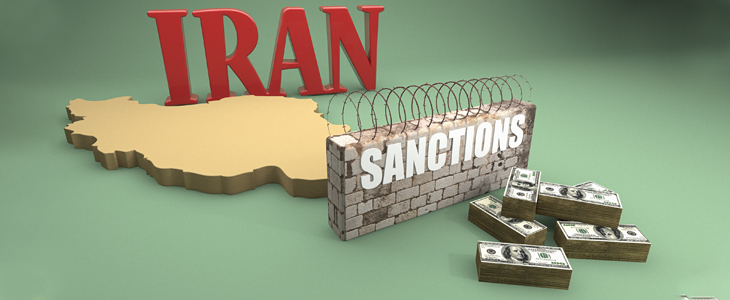
The United Nations has reinstated comprehensive economic and military sanctions on Iran, a significant development a decade after their initial suspension under the 2015 Joint Comprehensive Plan of Action (JCPOA). This decision stems from accusations by the UK, France, and Germany, collectively referred to as the E3, that Iran has engaged in “persistent nuclear escalation” and failed to comply with its international obligations. The E3 invoked the JCPOA’s “snapback” mechanism last month, providing Iran a 30-day period to address concerns regarding its nuclear activities. That deadline lapsed on September 27, prompting the immediate reinstatement of sanctions.
4. Government Shutdown Begins
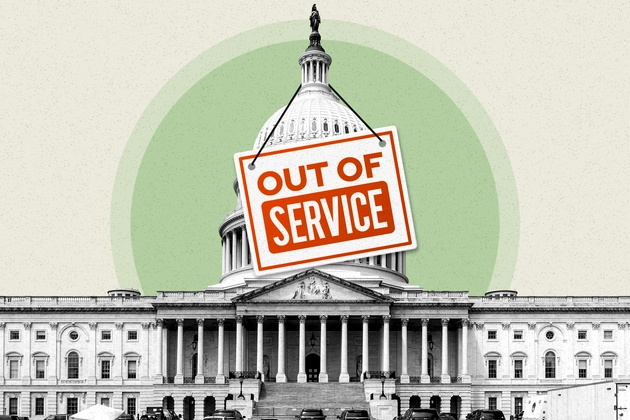
On October 1, the US federal government shut down, marking the first such closure since 2019. The shutdown, triggered by a contentious spending dispute between President Donald Trump and congressional Democrats, has disrupted federal services and furloughed many federal workers. The current shutdown echoes a 35-day closure in 2018/2019, when President Donald Trump and congressional Democrats clashed over funding for a southern border wall. The central issue behind this most recent government shutdown is the Democrats’ insistence that President Trump agree to extend expiring health care subsidies and reverse Medicaid cuts included in his signature tax cut and domestic policy law passed earlier in 2025. These health care provisions, particularly the Affordable Care Act (ACA) subsidies set to expire by year’s end, are critical to millions of Americans’ access to affordable insurance.

